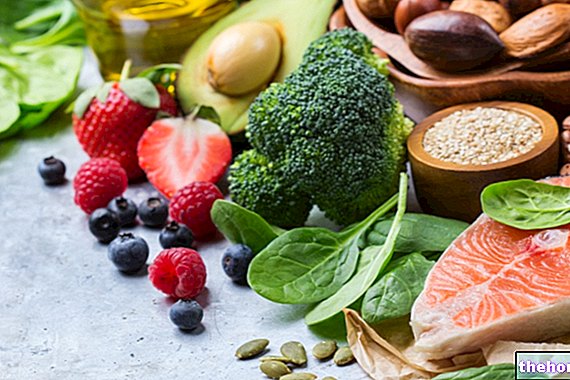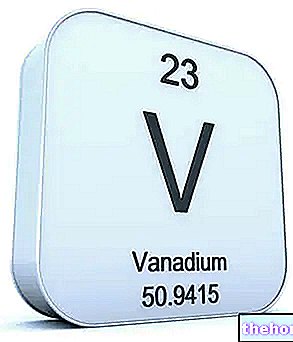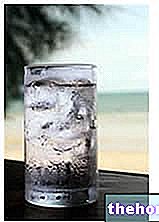What is Acrylamide
Acrylamide is a very toxic substance that forms during the cooking process, at high temperatures (over 120-140 ° C), of foods rich in carbohydrates. This is one of the reasons why experts recommend limiting the consumption of fried foods, especially if these are breaded before being put in boiling oil (flour and breadcrumbs are rich in starch).

How it forms
The formation of this substance begins at temperatures above 120ºC and reaches a maximum around 190 ° C; as mentioned, it is greater for foods rich in starch (potatoes, cereals) and for coffee. The production of acrylamide is facilitated by the absence of water and by the presence of asparagine (an amino acid) and a reduced sugar (such as glucose or fructose contained mainly in potatoes, but also in caramelized foods).
Prevent their formation
Industrial French Fries
The industrial production of the so-called "pre-fried potatoes" involves washing immediately after cutting; this has the purpose of freeing the potato wedges or slices of the surface sugars. In this way, in the subsequent blanching phase - necessary to avoid the so-called “browning” of the product - the formation of acrylamide is reduced to a minimum, with an important advantage for the health of consumers.
Homemade French Fries
Even at home, you can act in a similar way before frying fresh potatoes to halve the formation of acrylamide. After cutting, they must then be immersed in cold water for 15 minutes, and then dried before cooking.
Health Hazards
Since the dangerousness of acrylamide has been known for some time (it is strongly suspected of being a mutagenic agent, therefore potentially carcinogenic), the argument raises important fears both on the part of the public health bodies responsible for the control of foodstuffs, and especially by citizens, who are occasionally alerted by the news reported by the media. On the other hand, given the myriad of baked goods deriving from cereals and potatoes, the acrylamide danger must absolutely be kept under control.
Prevention takes place on a double front; on the one hand we try to eliminate the problem at the origin (by selecting varieties of potatoes and cereals that generate the least possible quantity of acrylamide), on the other we aim at optimizing industrial processes and informing citizens.
Consumer advice
A balanced diet with a low fat content, but rich in fruit and vegetables, combined with regular sporting activity, is the best prerequisite for good health.
Eliminating roasted or charred parts from a too toasted slice of bread helps to reduce the dangers of acrylamide. A good homemade fried, respecting some important rules (choose an oil with a high smoke point, never butter, keep it at a temperature of 170 ° C and change it from time to time without "topping up") is certainly better than a giant portion of fast food fries.However, if possible, it is better to prefer other cooking methods, such as steaming, boiling and foil (unsuitable for acidic foods, such as lemons and tomatoes, because their action combined with heat favors the release of aluminum from the foil). . More generally, it is important to always cook poorly or just sufficiently, never exaggerated. This measure, in addition to protecting us from acrylamide, will ensure a reduced loss of vitamins and other precious micronutrients contained especially in plant products.
The association of fried foods with fresh vegetables reduces the risks associated with acrylamide and other toxic substances that develop during the cooking process (both because the fibers reduce their absorption and for their precious load of antioxidants with antimutagenic action ).
The next time you find yourself in front of an inviting golden breading or an irresistible crust, consider the danger they hide; without imposing particular sacrifices, add this piece to your dietetic knowledge to create a healthy food culture.




























